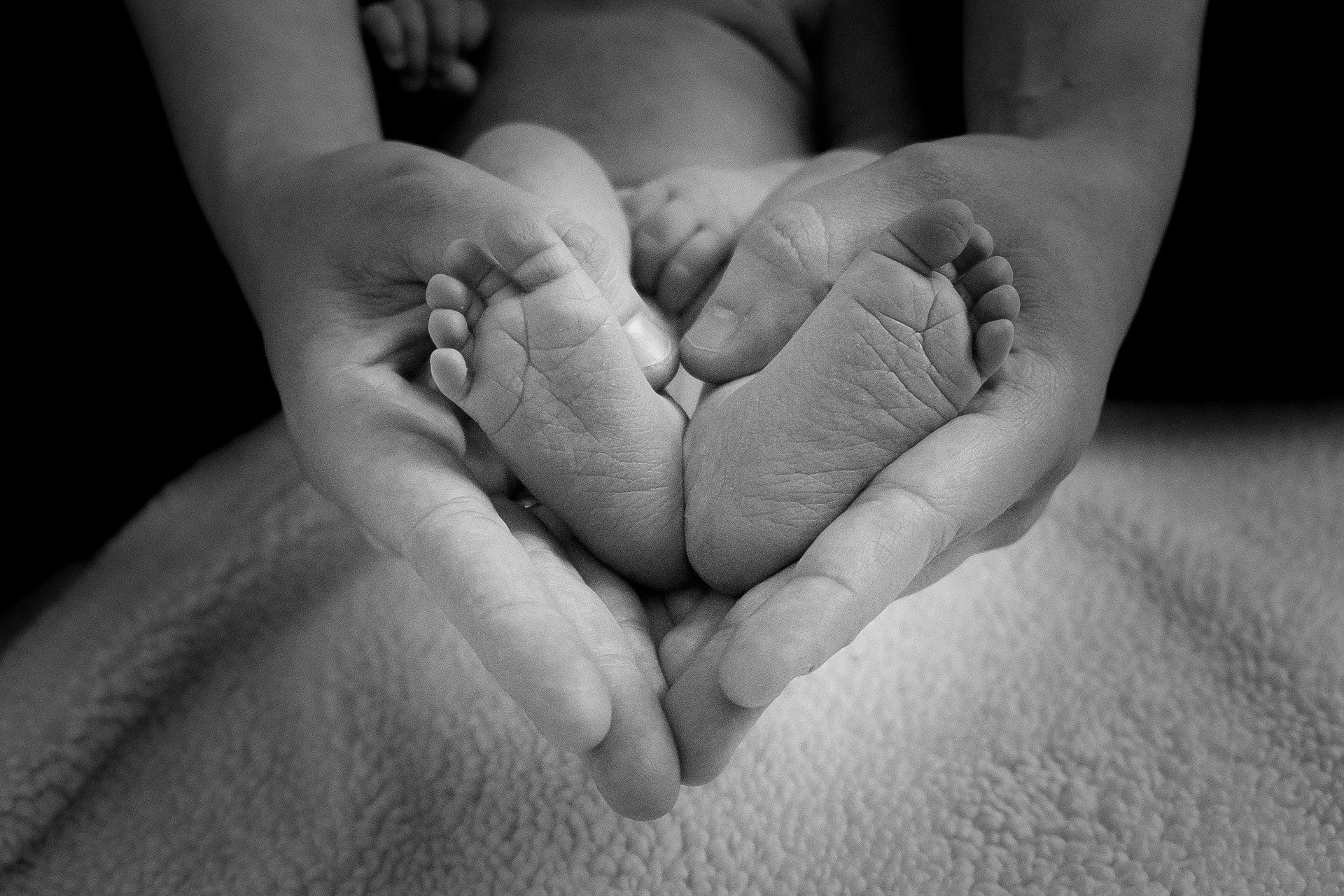22
Dec, 2020
Multisystem Inflammatory Syndrome in Children Associated With Coronavirus Disease 2019 in a Children’s Hospital in New York City: Patient Characteristics and an Institutional Protocol for Evaluation, Management, and Follow-Up
Authors: Brian Jonat, Mark Gorelik, Alexis Boneparth, Andrew S Geneslaw, Philip Zachariah, Amee Shah, Larisa Broglie, Juan Duran, Kimberly D Morel, Maria Zorrilla, Leanne Svoboda 9, Candace Johnson, Jennifer Cheng, Maria C Garzon , Wendy G Silver, Kara Gross Margolis, Cindy Neunert, Irene Lytrivi, Joshua Milner, Steven G Kernie, Eva W Cheung
Published in: Pediatric Critical Care Medicine
Abstract: Objectives: The disease caused by severe acute respiratory syndrome coronavirus 2, known as coronavirus disease 2019, has resulted in a global pandemic. Reports are emerging of a new severe hyperinflammatory syndrome related to coronavirus disease 2019 in children and adolescents. The Centers for Disease Control and Prevention has designated this disease multisystem inflammatory syndrome in children. Our objective was to develop a clinical inpatient protocol for the evaluation, management, and follow-up of patients with this syndrome.
Data Sources: The protocol was developed by a multidisciplinary team based on relevant literature related to coronavirus disease 2019, multisystem inflammatory syndrome in children, and related inflammatory syndromes, as well as our experience caring for children with multisystem inflammatory syndrome in children. Data were obtained on patients with multisystem inflammatory syndrome in children at our institution from the pre-protocol and post-protocol periods.
Data Synthesis: Our protocol was developed in order to identify cases of multisystem inflammatory syndrome in children with high sensitivity, stratify risk to guide treatment, recognize co-infectious or co-inflammatory processes, mitigate coronary artery abnormalities, and manage hyperinflammatory shock. Key elements of evaluation include case identification using broad clinical characteristics and comprehensive laboratory and imaging investigations. Treatment centers around glucocorticoids and IV immunoglobulin with biologic immunomodulators as adjuncts. Multidisciplinary follow-up after discharge is indicated to manage continued outpatient therapy and evaluate for disease sequelae. In nearly 2 months, we admitted 54 patients with multisystem inflammatory syndrome in children, all of whom survived without the need for invasive ventilatory or mechanical circulatory support. After institution of this protocol, patients received earlier treatment and had shorter lengths of hospital stay.
Conclusions: This report provides guidance to clinicians on evaluation, management, and follow-up of patients with a novel hyperinflammatory syndrome related to coronavirus disease 2019 known as multisystem inflammatory syndrome in children. It is based on the relevant literature and our experience. Instituting such a protocol during a global pandemic is feasible and is associated with patients receiving treatment and returning home more quickly.
View full article



